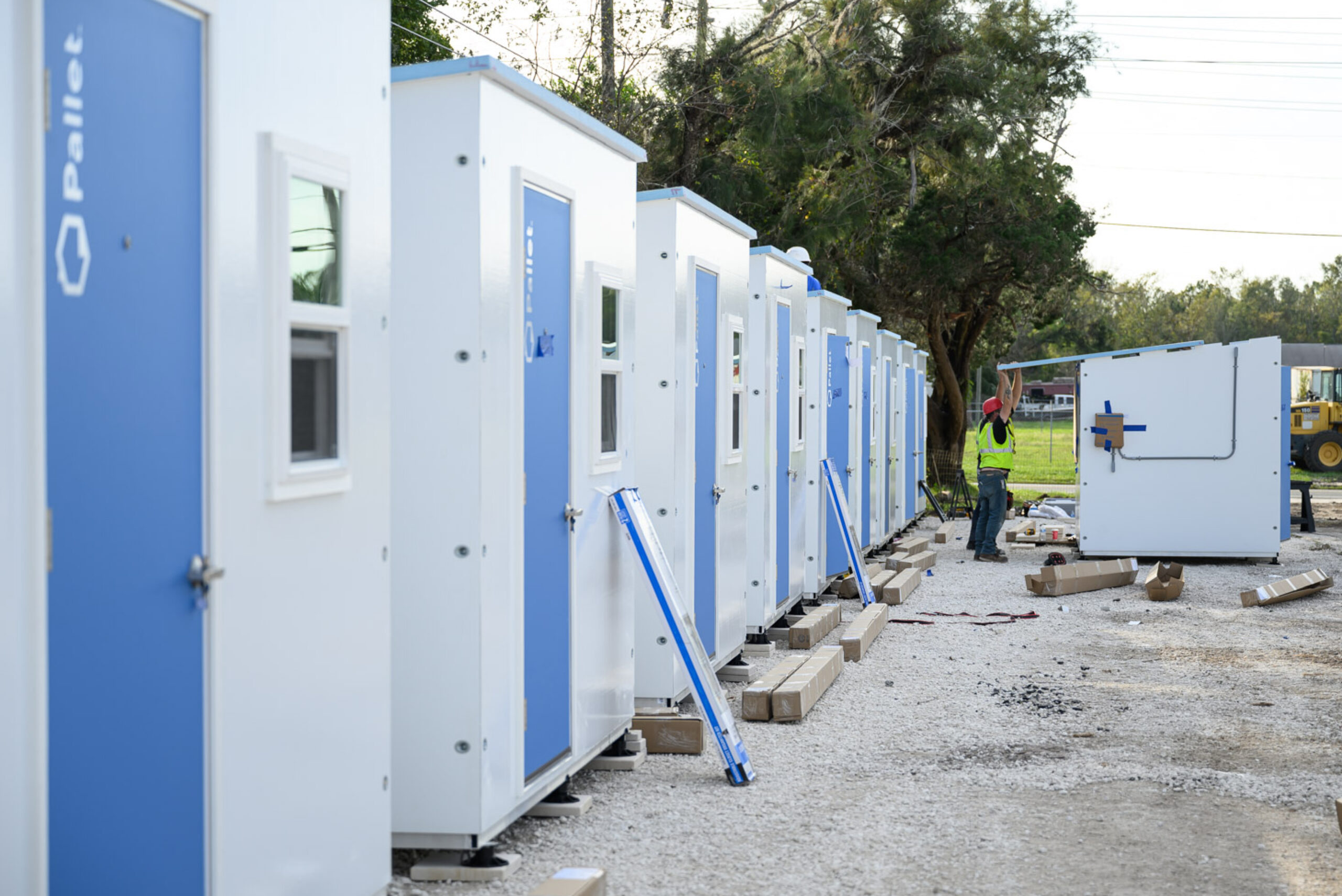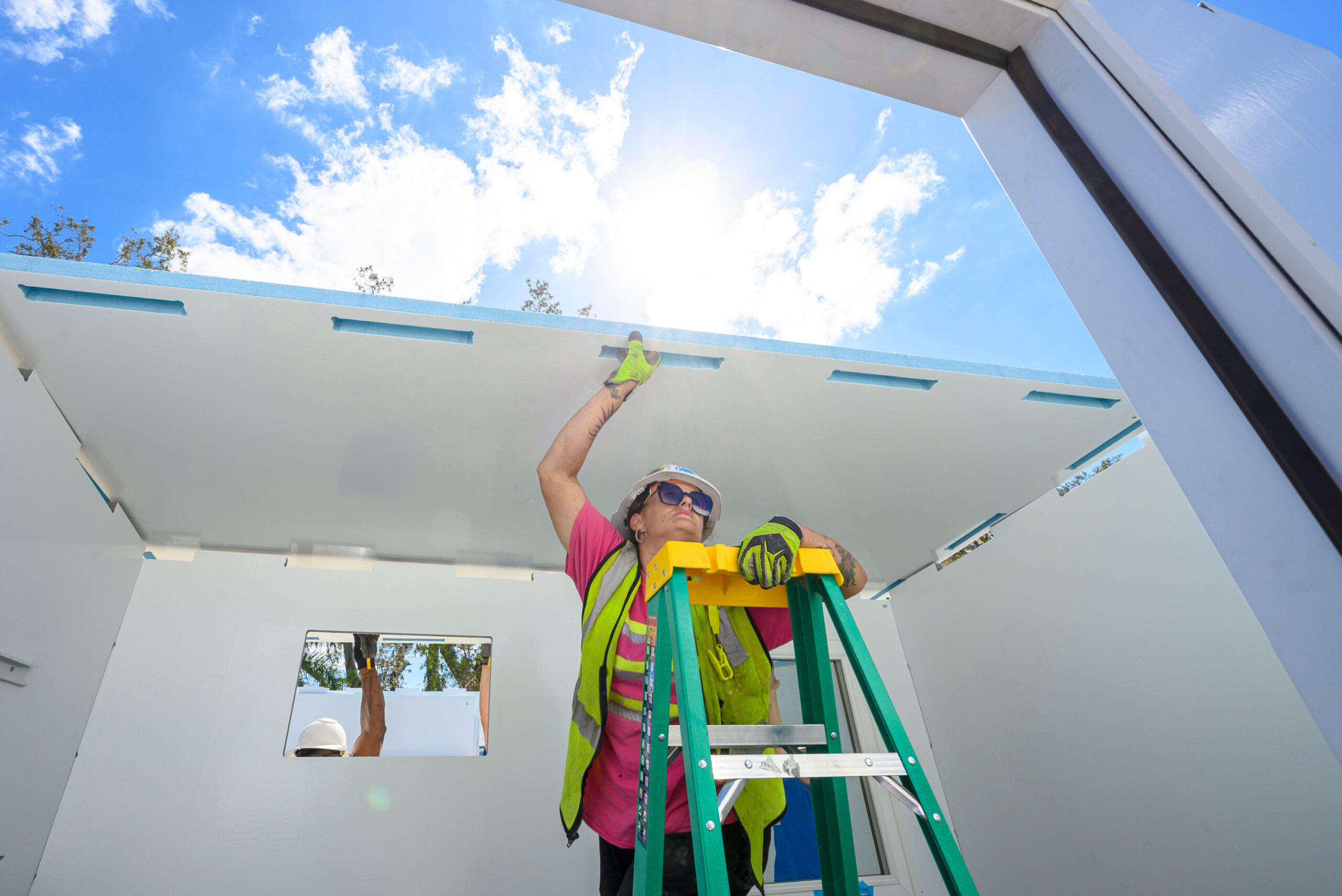Why Coronavirus Risk is Especially High for People Experiencing Homelessness
March 10, 2020
As the COVID-19 epidemic — the disease caused by the novel coronavirus — reaches new stages, populations around the world are practicing social distancing to prevent transmission between individuals. And while many have the privilege to limit their exposure to the virus by isolating themselves at home, people experiencing homelessness don’t have that luxury – and are perhaps the most vulnerable to the virus.
“Our neighbors experiencing homelessness are at greater risk of exposure to COVID-19, and as a City, region, and Country we must act with urgency to address the ongoing impacts of this public health crisis,” said Seattle Mayor Durkan in a statement. “We know we need to take additional measures to bring more of our unsheltered community inside.” Besides the fact that this population doesn’t have access to their own home, there are a number of factors that make people experiencing homelessness especially vulnerable to the novel coronavirus.

“Pallet's shelters provide personal space to practice self-quarantine, are built from materials that are easy to sanitize, and are paired with on-site hygiene facilities.”
Five reasons people experiencing homelessness are especially vulnerable to the novel coronavirus:
-
They live in close proximity to one another.
Spread mainly from person-to-person contact, the novel coronavirus can be transmitted between people in close contact with one another or through respiratory droplets produced when an infected person coughs or sneezes. For this reason, the CDC is advising the general population to put distance between themselves and other people to prevent the spread of the virus in their community, especially for those who are at higher risk of getting sick. While many Americans are following this guidance, the hundreds of thousands of people in the United States who are experiencing homelessness don’t have this luxury. Many people experiencing homelessness rely on mass care shelters, where a large number of people convene for warmth, food, sleeping, and other critical services. As the COVID-19 epidemic reaches new stages, the virus could be transmitted between people who are staying there.
For those who don’t use mass care shelters, the alternatives present similar challenges. Individuals who sleep on a friend’s couch, share a tent with a partner, or reside in other communal settings risk spreading the virus from one person to another.
-
They are more transient than the general population.
While we know that the volume of people experiencing homelessness who move from one city to another is exaggerated, this population is generally more mobile within their own city than the general population — and unlike the general population, they don’t have the ability to order groceries and other necessities for delivery. Those who rely on food banks, case management, and other social services must move throughout their city to access necessities, coming in contact with hundreds or even thousands of others as they do so.
-
They often lack access to basic hygiene.
The CDC offers a list of hygiene practices to help reduce the spread of COVID-19, including cleaning and disinfecting frequently touched surfaces, washing your hands often, and using a hand sanitizer when soap and water are not readily available. Without adequate access to hygiene facilities, the spread of communicable disease is much easier and faster. For people facing homelessness, every day is a unique challenge to access basic survival necessities such as food, water, and shelter — let alone access to soap, water, or hand sanitizer. Without access to hand washing facilities, this population is at increased risk of acquiring COVID-19.
-
They suffer from existing health conditions.
As a result of limited access to healthcare, people experiencing homelessness have an inherently suppressed immune system. People facing homelessness often suffer from serious chronic medical conditions such as heart disease, diabetes, or lung disease. In the event that these people contract COVID-19, their already taxed immune system could face challenges in recovering from the virus.
-
They have limited access to testing.
As we’ve seen to date, access to testing for COVID-19 is limited even among those with access to healthcare services and health insurance due to a shortage of testing devices. This shortage is magnified for people facing homelessness, who often lack access to any healthcare services at all. Compounding matters, this population may not be aware of COVID-19 and may mistake their symptoms for another virus.
While this population is vulnerable to the virus based on the factors outlined above, it is important to avoid stigma toward people experiencing homeless. During this time of public health emergency, fear and anxiety can create social stigma toward those who are susceptible to the virus. Stigmatized populations may be subjected to social avoidance, rejection, or even denials of services. The impact of stigma on people experiencing homelessness is especially dangerous, as they desperately need social support and critical services such as food, hygiene, and shelter.
What is Pallet doing to address the impact of the novel coronavirus on people experiencing homelessness? Pallet is an expert in providing rapid, temporary, and sanitary shelter for people experiencing homelessness, and we’re working in partnership with cities and counties across America to provide shelter that limits the spread of COVID-19 within this highly vulnerable population. Our shelters offer personal space for these individuals to practice self-quarantine, are built from materials that are easy to sanitize between uses, and are paired with on-site hygiene facilities. As a social purpose company on a mission to provide equal access to shelter and employment, Pallet has always been an advocate for this population – and our work is increasingly urgent in light of the COVID-19 epidemic.


